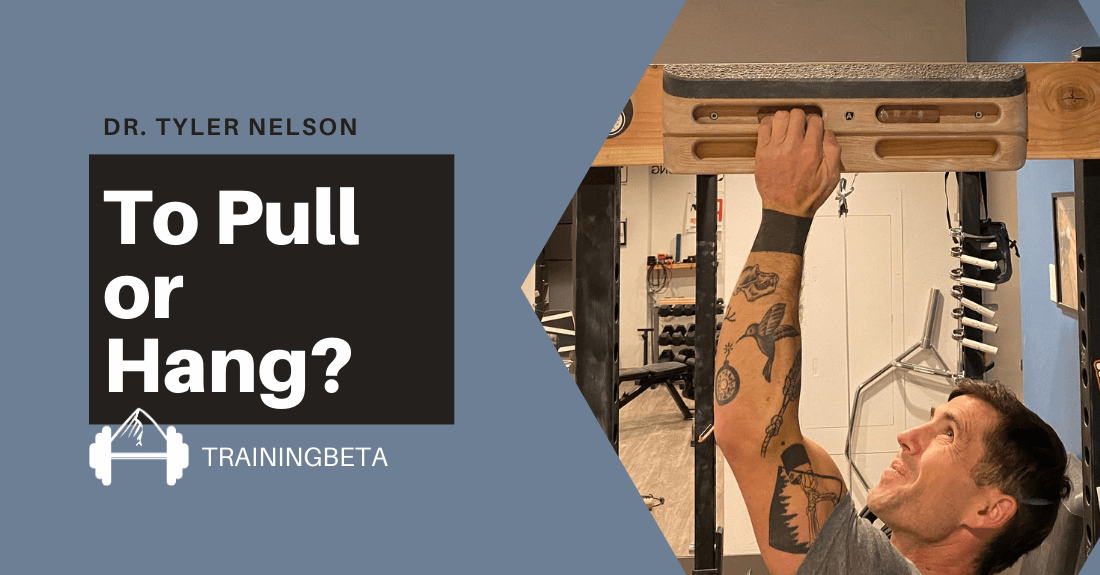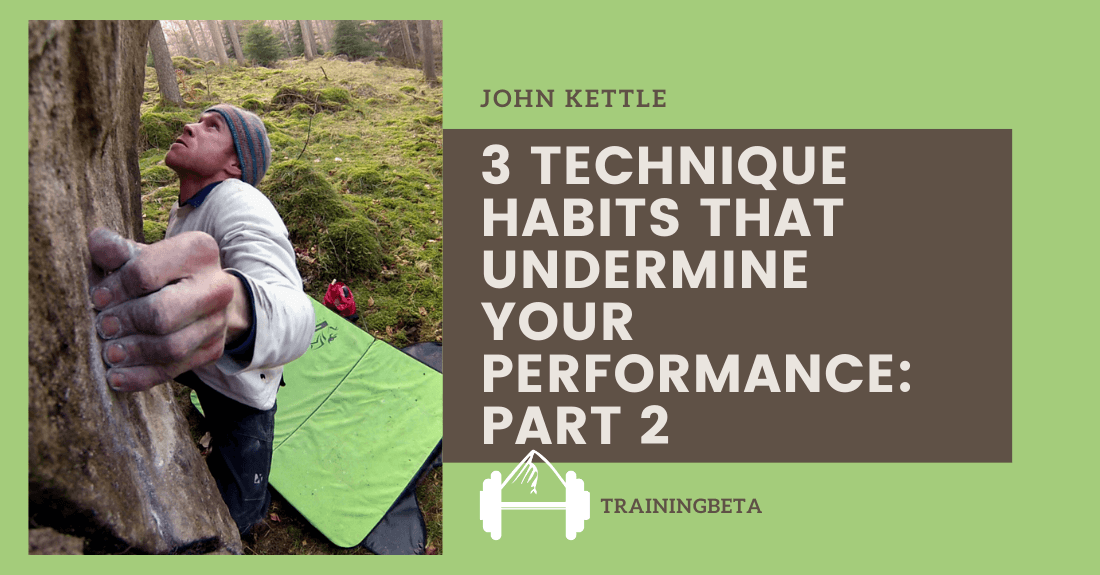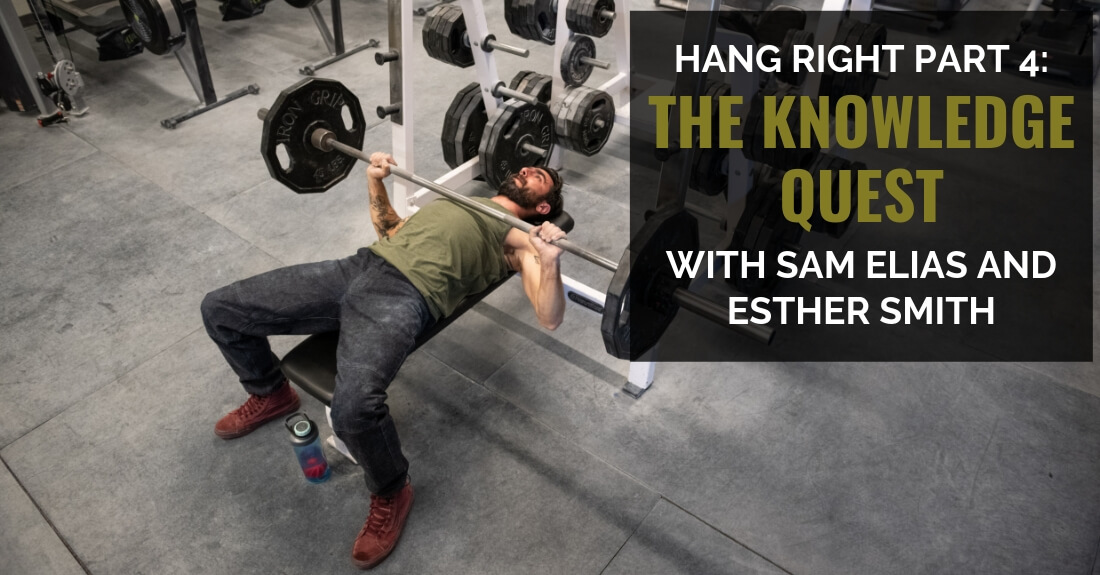This post was written by Shannon Forsman, an incredibly talented female boulderer, and a good friend of mine. She’s been a role model for me for almost a decade, as proof that even short girls can do powerful, big moves on holds other than crimps.
Enter Shannon…
To all the stereotypical short, female crimp fiends out there….
You know who you are; the ones who indiscriminately readjust into a crimp on whatever they grab, whether it be a pinch, sloper, undercling, pocket, jug, thumbdercling, gastercling, stalactite… should I go on? Long story short, you crimp and lock off EVERYTHING. This article is for you.
While you may be able to crush a V10 if it consists of perfect mini crimps at one foot increments up the wall, I’ve got news for you, most problems do not. I am writing you because I am one of you, not in my love of crimps, but in stature and gender. I am a female who is 5’2” tall with a negative 2” ape index and somehow I missed the crimp memo, and honestly I think it’s helped my climbing and I’m going to tell you why, and hopefully give you some insights on how to broaden your climbing style.
Why not crimp everything?
I know crimping can feel secure and dependable, but news flash, you aren’t in a relationship with it! There’s no reason for sole commitment. Believe it or not, crimping is not always the way to go for a few reasons. First, crimping doesn’t increase your hand strength for open-handed positions, so if you happen to come across something you simply can’t crimp, you’ll be at a big disadvantage.
Crimping also reduces your reach. Look at your hand in a closed position versus an open-handed one, and you’ll notice your fingers extend a couple inches farther in the open-handed position. For doing big moves, these extra couple of inches can make a huge difference.
Finally, crimping also increases your chance of injuring yourself. Not only does your chance of injury increase when you only strengthen specific muscles, leading to imbalances, but one of the most common finger injuries is of the pulley tendon, which occurs most commonly from crimping. So while you may profess your love for crimps, separation from them can make the heart grow fonder, and hands stronger!
Get out of your comfort zone.
Crimping is important to be able to do, but equally as important is the ability to recognize when it’s actually necessary to crimp and when it’s not. Everybody likes showing off their strengths, but those who learn to improve on their weaknesses will over time be much more successful and well-rounded climbers. All that I’m asking is for you to try something out of your comfort zone, whether it involves slopers, pinches, or even *gasp*… a jump move… just try it. It can be difficult and embarrassing projecting a couple of v-grades lower than you’re used to, but over time you’ll come out a much stronger climber.
Once you start trying new things you’ll also realize there are benefits to being short. You can hike your feet super high and use really ridiculous beta that makes you look extremely cool. Getting on different types of climbing not only increases your hand strength but expands your bag of tricks. Slopers, pinches, slabs, overhangs, lock-offs, and big moves all require a different strategy and skill set, so once you begin to explore other styles of climbing your technique will improve tremendously.
To say you aren’t strong at pinches and slopers is like saying you aren’t good at Frisbee, which you might not be good at, but that’s probably because you’ve never actually tried it out, let alone practiced it. I can’t say that practice will make you perfect at pinches, but at least I won’t be embarrassed to watch you climb 🙂
Learn to use your momentum.
Momentum tends to be one of those elusive concepts for many stereotypical crimp masters, and the lack thereof is root of many common excuses; the “I can’t jump’s,” or the “I can’t reach’s.” While sometimes a move is legitimately too far, or the feet too low, quite often this excuse comes from a lack of technical understanding.
Generating momentum should start from the tips of your toes, not from your arms. When you’ve engaged your lower half and toed into a hold, as you do a move, your heel should raise, and your knee should rock over your foot, pulling your hips underneath you and allowing you to use both arms and legs to catapult your body upwards. It seems counterintuitive, but to jump the farthest, you must start at your lowest point. Starting crouched with straight arms allows you the most distance to generate momentum and speed to do a move.
A common problem I’ve seen climbers do is rock back correctly, only to stall half-way through their movement and attempt an anticlimactic semi-lock off pop for a hold, which almost always fails. Basically, when you start to swing up for something, follow through with it and never slow down.
For all you climbers with the deer-in-headlights look with mention of the word “jump”, an easy way to start to use momentum is to simply start swinging with straight arms for every hold you can, even if you could normally do a move statically. This will enable you to start to learn some muscle memory for moves requiring momentum without actually making you jump for things, which I know, can be downright scary.
Use the rest of your body.
While climbing requires finger strength, it is not the only factor involved, especially when it comes to grabbing non-crimps. You certainly need hand strength to use open-handed holds, but success on them also depends on how well you use the rest of your body.
Since crimps are incut, they tend to be easier to cut your feet on. Slopers, on the other hand, require patience, balance, core tension, and very subtle movement. In order to grab them, every limb must be engaged. Basically, you don’t just grab slopers, you use the rest of your body to position yourself in a way that makes them useable. A general rule of thumb for using slopers is to stay as far underneath them as possible so that you are pulling down on them rather than out.
Another thing to remember is to slow down, have patience, and move slowly. I’ve seen tons of climbers reach up and grab a sloper only to say “I can’t hold this” and jump down, when in fact, they had been holding it long enough to say they couldn’t hold it, and if they had actually attempted to reposition their body, they might have been able to move off of the hold. Slopers aren’t impossible (well, some are); they just require an extra bit of mental patience, core tension, and quiet movement than you’re used to.
Still not convinced?
All I can say is, wouldn’t it be cool to head to the gym and pull off a powerful move on a sloper in front of a shirtless bro attempting to campus a vert V0 while wearing socks and rental shoes, and him not being able to make the assertion that your success was from your tiny fingers? If there’s any reason to try other types of climbing, this has to be one of the biggest!
So there you have it, all I’m asking is for you to get out of your comfort zone, and try some other types of climbing. I’m not asking you to leave crimps, just to make them a part of your skill set rather than your only one. While what I’ve mentioned technique-wise is only the tip of the iceberg, hopefully I’ve brought up some points that will make you think twice about crimping everything. You never know, after days and days of looking like an idiot and flailing, you might actually find yourself sticking dynamic moves on slopers and pinches and actually enjoying it!
Shannon Forsman, Climbing Coach, Climber, and Graphic Designer
Shannon lives in Boulder, Colorado with her boyfriend, Benny (also a crusher) and works as a climbing coach at The Spot Gym and as a graphic artist and photographer. You can check out some of her work at www.shannonforsman.com.
Shannon crushes V12 boulders and generally ignores the fact that she’s only 5’1″. If anyone has taught me about trying hard and sucking it up even though I’m short, it’s Shannon, and for that, I’m grateful.
You might find her in Rocky Mountain National Park, Boulder Canyon, or any of the other stellar bouldering areas in Colorado, where she grew up.











great article and great advice, but perhaps include some photos of climbs that aren’t arrets and heelhooks?
Flo – Not sure I understand why? Those climbs have slopers, pinches, and everything but crimps on them, which is what she was talking about. Why no aretes and heel hooks? Heel hooks are a great way to stabilize your body while you’re on a terrible slopey hold…
Thank you so much for this article! I’d say I’m an intermediate climber now but boy was it a struggle when I first started since I had to learn technique and my develop my style first before just reaching up. You give me some hope that I can eventually keep crushing as hard as you do. I’m under 5 ft tall with a negative 2 ape index and while I’m pretty strong for my size, I’m still not strong enough for things such as slopers, although I find that if I can re-position my body properly given the foot holds on a particular route as you stated above, I can definitely handle them 🙂
Loved this article: my husband has tried telling me many of the same things over the past year as I try to improve my technique, but it just sounds more believable coming from another female climber who is not 6′ tall =)
Wow! I can’t wait to try your suggestions tomorrow.